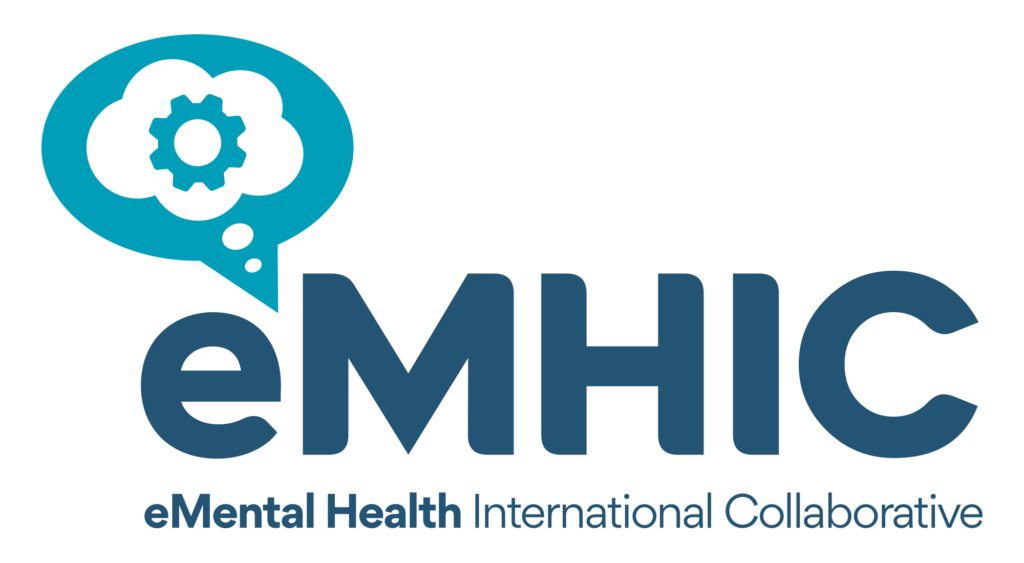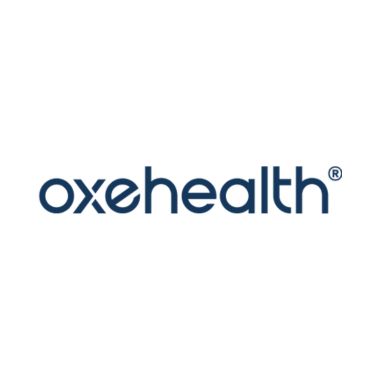When Tracey Wrench was in the behavioral health trenches, what kept her up at night were patient outcomes and their connection to staffing challenges. But what kept her patients and staff up at night was something else.
Acuity.
“There are real challenges in terms of the complexity of patients, their presentations, the pressure on behavioral health beds, (all of) which means that acuity is really quite high by the time a patient gets admitted to an inpatient unit,” says Wrench, who retired the spring of 2022 after 14 years in behavioral health, mainly as Executive Director of Nursing and Quality in Coventry and Warwickshire Partnership NHS provider and latterly at Rotherham, Doncaster and South Humber NHS Foundation Trust in the United Kingdom. “So I think it’s a very stressful environment for both patients and staff.”
That acuity-induced stress is central to so many of the challenges of bringing behavioral health care to patients, as patients, care providers and families are pushed to their limits in the face of massive health challenges. Here is a look at how Wrench is shaping the future of behavioral health.
The role of Oxevision
As the COVID-19 pandemic hastened pre-pandemic challenges in staff recruitment and retention, operators saw staff members making new choices around whether to keep working, move someplace else, enter a new field or stop working altogether. This ever-evolving staffing landscape created a need for providers to bolster their staffing efforts through creative applications of technology.
Without those efforts, the access-to-care gap would only broaden, leaving a tremendous impact.
Wrench was among the operators who sought new solutions in remote patient monitoring. She wanted something that increased safety in a constrained staffing environment while ensuring patient privacy, security and a good night’s sleep. The solution would have to offer her clinical teams easy-to-use, data-rich, real-time visibility into each patient.
Oxevision.
“As soon as you start to use Oxevision, the benefits to staff and patients are immediate. It becomes critically important,” Wrench says about the transformational patient monitoring system for behavioral health providers from Oxehealth. “There’s growing recognition that data can help enhance staff productivity, care delivery and patient safety. It saves patients’ lives.”
The technology, Wrench notes, “makes their staff feel that their patients are safer and helps them to do their job better. That therefore makes them feel less stressed.”
Those are the soft benefits. The operational and financial benefits focus on these four areas:
- Improved efficiency
- Better risk management with fewer enhanced observations
- More time for staff members to provide care
- Cashable savings
Improving high reliability and staff productivity
Wrench noted that she appreciated how easily staff members were able to utilize Oxevision, and how quickly the data proved to them that they were getting results. The data was relevant and actionable without ever being overwhelming. It helped her teams in a number of ways. The reduced one-on-one observations saved staff members’ time while simultaneously enhancing the time they do spend with patients. That was a clear contributor to the return on investment, as was the reduction in incidents that led to transfers to acute hospitals.
“When you’re on a night shift and things are very stressful, you appreciate the reassurance the system can give your team,” Wrench says. “I don’t think you can put a cost on that.”
Currently in the U.S. there is a focus on implementing electronic health records. “I think it’s important to acknowledge that even when behavioral health facilities have electronic patient records, they still have safety and staffing challenges,” Wrench says. “I would advocate using Oxevision because you will be able to demonstrate to patients and your payers that you are really committed to patient safety and to strengthening your workforce.”
Change management and moving forward for your patients
With the massive amount of data that Oxevision delivers to operators, its benefits are widespread, delivering high reliability and staff productivity, along with more personalized care and better patient sleep. As a result, implementing Oxevision is much easier than a behavioral health provider might expect given its complexity in care delivery, Wrench says.
“My advice is to make sure you’ve got the whole executive team on board, and that this is actually part of your overall organizational strategy,” she says. “You’ve got to make sure that you’re focusing on cultural change. We found that really, really helpful.”
To learn more about how Oxevision can help your patients and staff, visit Oxehealth.com.
This content was originally published in Behavioral Health Business on 31 October 2023: https://bhbusiness.com/2023/10/31/inside-the-technology-driving-high-reliability-and-staff-productivity/




